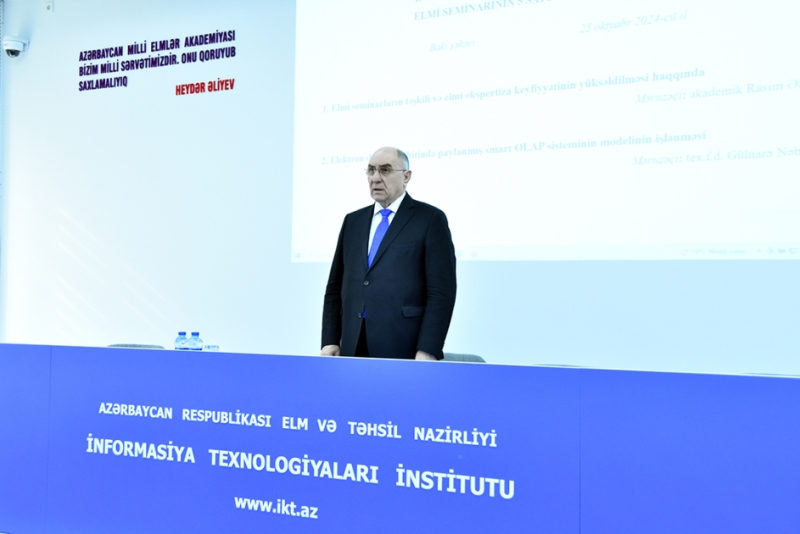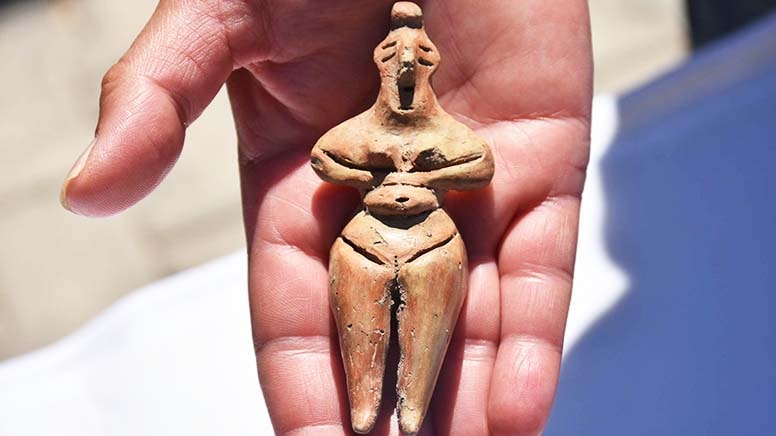
- A-
- A
- A+
Created the first artificial brain on a crystal
Engineers from the Massachusetts Institute of Technology have created a "brain on the crystal", which consists of tens of thousands of artificial synapses called memristors. This is reported in an article published in the journal Nature Nanotechnology.
Memristors made of silicon, as well as silver and copper alloys. The created chip is able to memorize visual information and reproduce it more precisely by comparing with existing constructions of memistors made of illegal components. This allows you to improve neuromorphic devices that represent the diversity of electronics that process information similar to the human brain. Such schemes can be built into portable devices and perform complex tasks, the power of which is only for supercomputers.
In the neuromorphic device, the memistor performs the function of a transistor, which is intended for signal conversion, but the principle of its action is reminiscent of the work of an interneuronal connection, or synapse. A transistor can transmit information by switching between two values (0 and 1) depending on the strength of the current signal (in the form of electric current), the memistor is able to take many different states, the current can be performed.
Similar News
Links




 Elm TV
Elm TV
 Photo
Photo
 Video
Video





